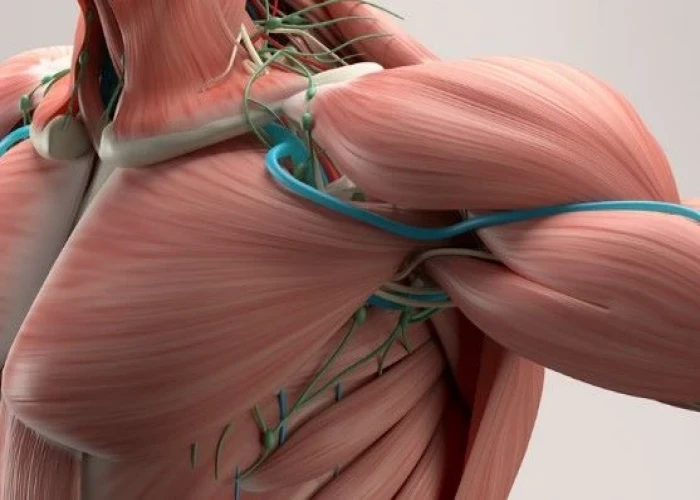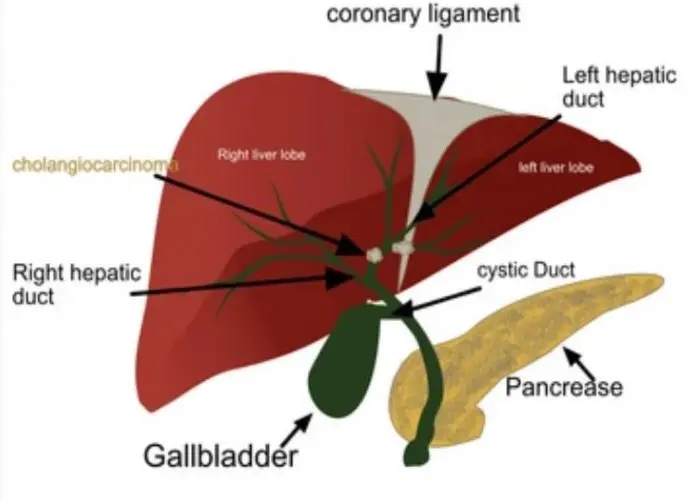 Welcome
Welcome
“May all be happy, may all be healed, may all be at peace and may no one ever suffer."
Obesity

Obesity is a medical condition in which a person has excess body fat that can lead to health problems. It is defined by having a body mass index (BMI) of 30 or higher. BMI is calculated by dividing a person's weight in kilograms by the square of their height in meters.
Obesity can be caused by a combination of genetic, environmental, and behavioral factors. Some common factors that contribute to obesity include:
- Overeating or consuming a diet high in calories, saturated fats, and sugars
- Lack of physical activity or sedentary lifestyle
- Genetics and family history of obesity
- Certain medical conditions, such as hypothyroidism or Cushing's syndrome
- Certain medications, such as corticosteroids or antipsychotics
- Psychological factors, such as stress, depression, or anxiety
Obesity is a major risk factor for a number of health problems, including:
- Type 2 diabetes
- Cardiovascular disease, such as heart disease and stroke
- High blood pressure
- Sleep apnea and other breathing problems
- Joint problems, such as osteoarthritis
- Certain cancers, such as breast, colon, and endometrial cancer
Treatment for obesity typically involves a combination of lifestyle changes, such as a healthy diet and regular exercise, and in some cases, medication or surgery. Behavioral therapy and counseling may also be recommended to address underlying psychological factors that contribute to obesity. Prevention of obesity includes maintaining a healthy diet, engaging in regular physical activity, and avoiding smoking and excessive alcohol consumption.
Research Papers
Disease Signs and Symptoms
- Overweight and obesity
- Obesity is diagnosed when your body mass index (BMI) is 30 or higher.
Disease Causes
Obesity
Although there are genetic, behavioral, metabolic and hormonal influences on body weight, obesity occurs when you take in more calories than you burn through normal daily activities and exercise. Your body stores these excess calories as fat.
In the United States, most people's diets are too high in calories — often from fast food and high-calorie beverages. People with obesity might eat more calories before feeling full, feel hungry sooner, or eat more due to stress or anxiety.
Many people who live in Western countries now have jobs that are much less physically demanding, so they don't tend to burn as many calories at work. Even daily activities use fewer calories, courtesy of conveniences such as remote controls, escalators, online shopping and drive-through banks.
Disease Prevents
Disease Treatments
The goal of obesity treatment is to reach and stay at a healthy weight. This improves overall health and lowers the risk of developing complications related to obesity.
You may need to work with a team of health professionals — including a dietitian, behavioral counselor or an obesity specialist — to help you understand and make changes in your eating and activity habits.
The initial treatment goal is usually a modest weight loss — 5% to 10% of your total weight. That means that if you weigh 200 pounds (91 kilograms), you'd need to lose only about 10 to 20 pounds (4.5 to 9 kilograms) for your health to begin to improve. However, the more weight you lose, the greater the benefits.
All weight-loss programs require changes in your eating habits and increased physical activity. The treatment methods that are right for you depend on your obesity severity, your overall health and your willingness to participate in your weight-loss plan.
Dietary changes
Reducing calories and practicing healthier eating habits are vital to overcoming obesity. Although you may lose weight quickly at first, steady weight loss over the long term is considered the safest way to lose weight and the best way to keep it off permanently.
There is no best weight-loss diet. Choose one that includes healthy foods that you feel will work for you. Dietary changes to treat obesity include:
- Cutting calories. The key to weight loss is reducing how many calories you take in. The first step is to review your typical eating and drinking habits to see how many calories you normally consume and where you can cut back. You and your doctor can decide how many calories you need to take in each day to lose weight, but a typical amount is 1,200 to 1,500 calories for women and 1,500 to 1,800 for men.
- Feeling full on less. Some foods — such as desserts, candies, fats and processed foods — contain a lot of calories for a small portion. In contrast, fruits and vegetables provide a larger portion size with fewer calories. By eating larger portions of foods that have fewer calories, you reduce hunger pangs, take in fewer calories and feel better about your meal, which contributes to how satisfied you feel overall.
- Making healthier choices. To make your overall diet healthier, eat more plant-based foods, such as fruits, vegetables and whole grains. Also emphasize lean sources of protein — such as beans, lentils and soy — and lean meats. If you like fish, try to include fish twice a week. Limit salt and added sugar. Eat small amounts of fats, and make sure they come from heart-healthy sources, such as olive, canola and nut oils.
- Restricting certain foods. Certain diets limit the amount of a particular food group, such as high-carbohydrate or full-fat foods. Ask your doctor which diet plans are effective and which might be helpful for you. Drinking sugar-sweetened beverages is a sure way to consume more calories than you intended. Limiting these drinks or eliminating them altogether is a good place to start cutting calories.
- Meal replacements. These plans suggest replacing one or two meals with their products — such as low-calorie shakes or meal bars — and eat healthy snacks and a healthy, balanced third meal that's low in fat and calories. In the short term, this type of diet can help you lose weight. But these diets likely won't teach you how to change your overall lifestyle. So you may have to stay on the diet if you want to keep your weight off.
Be wary of quick fixes. You may be tempted by fad diets that promise fast and easy weight loss. The reality, however, is that there are no magic foods or quick fixes. Fad diets may help in the short term, but the long-term results don't appear to be any better than other diets.
Similarly, you may lose weight on a crash diet, but you're likely to regain it when you stop the diet. To lose weight — and keep it off — you must adopt healthy-eating habits that you can maintain over time.
Exercise and activity
Increased physical activity or exercise is an essential part of obesity treatment:
- Exercise. People with obesity need to get at least 150 minutes a week of moderate-intensity physical activity to prevent further weight gain or to maintain the loss of a modest amount of weight. You probably will need to gradually increase the amount you exercise as your endurance and fitness improve.
- Keep moving. Even though regular aerobic exercise is the most efficient way to burn calories and shed excess weight, any extra movement helps burn calories. Park farther from store entrances and take the stairs instead of the elevator. A pedometer can track how many steps you take over the course of a day. Many people try to reach 10,000 steps every day. Gradually increase the number of steps you take daily to reach that goal.
Behavior changes
A behavior modification program can help you make lifestyle changes and lose weight and keep it off. Steps to take include examining your current habits to find out what factors, stresses or situations may have contributed to your obesity.
- Counseling. Talking with a mental health professional can help address emotional and behavioral issues related to eating. Therapy can help you understand why you overeat and learn healthy ways to cope with anxiety. You can also learn how to monitor your diet and activity, understand eating triggers, and cope with food cravings. Counseling can be one-on-one or in a group.
- Support groups. You can find camaraderie and understanding in support groups where others share similar challenges with obesity. Check with your doctor, local hospitals or commercial weight-loss programs for support groups in your area.
Weight-loss medication
Weight-loss medications are meant to be used along with diet, exercise and behavior changes, not instead of them. Before selecting a medication for you, your doctor will consider your health history, as well as possible side effects.
The most commonly used medications approved by the U.S. Food and Drug Administration (FDA) for the treatment of obesity include:
- Bupropion-naltrexone (Contrave)
- Liraglutide (Saxenda)
- Orlistat (Alli, Xenical)
- Phentermine-topiramate (Qsymia)
Weight-loss medications may not work for everyone, and the effects may wane over time. When you stop taking a weight-loss medication, you may regain much or all of the weight you lost.
Endoscopic procedures for weight loss
These types of procedures don't require any incisions in the skin. After you are under anesthesia, flexible tubes and tools are inserted through the mouth and down the throat into the stomach. Common procedures include:
- Endoscopic sleeve gastroplasty. This procedure involves placing stitches in the stomach to reduce the amount of food and liquid the stomach can hold at one time. Over time, eating and drinking less helps the typical person lose weight.
- Intragastric balloon for weight loss. In this procedure, doctors place a small balloon into the stomach. The balloon is then filled with water to reduce the amount of space in the stomach, so you'll feel full eating less food.
Weight-loss surgery
Also known as bariatric surgery, weight-loss surgery limits the amount of food you're able to comfortably eat or decreases the absorption of food and calories. However, this can also result in nutritional and vitamin deficiencies.
Common weight-loss surgeries include:
- Adjustable gastric banding. In this procedure, an inflatable band separates the stomach into two pouches. The surgeon pulls the band tight, like a belt, to create a tiny channel between the two pouches. The band keeps the opening from expanding and is generally designed to stay in place permanently.
- Gastric bypass surgery. In gastric bypass (Roux-en-Y), the surgeon creates a small pouch at the top of the stomach. The small intestine is then cut a short distance below the main stomach and connected to the new pouch. Food and liquid flow directly from the pouch into this part of the intestine, bypassing most of the stomach.
- Gastric sleeve. In this procedure, part of the stomach is removed, creating a smaller reservoir for food. It's a less complicated surgery than gastric bypass.
Weight-loss success after surgery depends on your commitment to making lifelong changes in your eating and exercise habits.
Other treatments
Other treatments for obesity include:
- Hydrogels. Available by prescription, these edible capsules contain tiny particles that absorb water and enlarge in the stomach, to help you feel full. The capsules are taken before meals and are passed through the intestines as stool.
- Vagal nerve blockade. This involves implanting a device under the skin of the abdomen that sends intermittent electrical pulses to the abdominal vagus nerve, which tells the brain when the stomach feels empty or full.
- Gastric aspirate. In this procedure, a tube is placed through the abdomen into the stomach. A portion of the stomach contents are drained out after each meal.
Disease Diagnoses
Disease Allopathic Generics
Disease Ayurvedic Generics
Disease Homeopathic Generics
Disease yoga
Obesity and Learn More about Diseases

Vaginal agenesis

Pseudocholinesterase deficiency

Hypoplastic left heart syndrome

Swimmer's ear

Transient global amnesia

Compulsive gambling

Urinary tract infection (UTI)

Cholangiocarcinoma (bile duct cancer)
obesity, স্থূলতা
To be happy, beautiful, healthy, wealthy, hale and long-lived stay with DM3S.
